The Colossal in Madrid
Friday, February 26, 2021

An exact replica of a colossal Olmec head sits atop a pyramid in Madrid.
A large head, perched atop a stepped pyramid, keeps an unblinking eye on drivers as they whirl around a roundabout in Madrid. The odd sight looks as though it should be behind glass in a museum, not plopped outside and encircled by a steady stream of cars.
The looming roadside structure is actually an exact replica of an Olmec head known as “Colossal Head 8” which was carved sometime between 1200 and 900 BC. Also called “The King,” the ancient boulder that inspired this new version is one of 17 colossal heads discovered throughout Mexico.

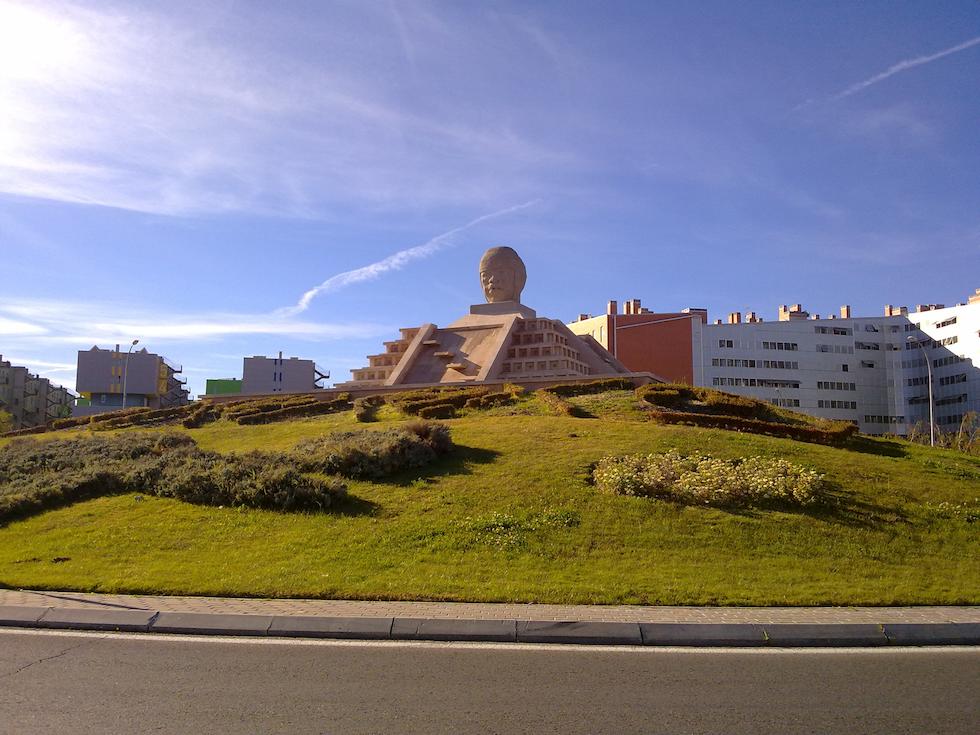
The heads are a hallmark relic of the Olmec civilization, which once flourished across ancient Mesoamerica. Archaeologists are still unclear as to what the giant heads represent, or how the big boulders were transported across vast distances.
The Olmec head above the Madrid traffic circle was made in 2005 by the Mexican sculptor Ignacio Pérez Solano. It was donated by the Mexican state of Veracruz in 2007.
The roundabout 'head' is the same size and weight as the colossal head it’s modelled after. The sculptor spent about three months working to carve it.
The big Olmec head is in the centre of the Ensanche de Vallecas neighbourhood, located southeast of the city centre.
The 'Cabeza Olmeca' an approximately half-mile walk from the tube station Congosto. Walk along the street Peña Sorrapia until you reach the park, where you can see the monument.
 2
Like
Published at 12:04 PM Comments (0)
2
Like
Published at 12:04 PM Comments (0)
Returning to Spain from the UK
Wednesday, February 24, 2021
The UK Embassy in Madrid has published an update on travel to Spain for British nationals who were already legal residents of Spain before January 1, 2021, when the Brexit transition period came to an end and the UK definitively left the European Union.
Being aware that some travellers who were legally living in Spain before January 1, 2021 faced difficulty returning to Spain from the UK, as they didn't yet have a residence document (green certificate or Tarjeta de Identidad de Extranjero - TIE), the embassy has shared a list of alternative documents that UK nationals without either one of these two proofs of residency may use instead.
“If you are resident in Spain, you should carry your residence document (the green paper EU residence certificate or the new TIE), as well as your valid passport when you travel,” notes the embassy. “If you are not in possession of a residence document, the Spanish government has formally confirmed to the UK government that UK nationals who were legally residing in Spain before January 1, 2021, and as such are beneficiaries of the Withdrawal Agreement, can present other documents to prove their residence status when entering Spain.”
The list of acceptable documents, which have reportedly been communicated to airlines and other operators, is as follows:
1. Residence card issued under Article 18.4 of the Withdrawal Agreement (the TIE – Tarjeta de Identidad de Extranjero)
2. Temporary or permanent EU residence certificate (Certificado de Registro de Ciudadanos de la Unión)
3. Receipt of application for the TIE (Resguardo de presentación de la solicitud de la tarjeta de residencia)
4. Confirmation of the positive outcome of your residence application (Resolución favorable por la que se concede la tarjeta de residencia)
5. In the absence of any of the above documents, other documents that credibly evidence your legal residence in Spain before January 1, 2021, such as a padrón certificate (issued by your town hall), a work contract, a rental contract, or proof of property purchase.
6. In the case of students, documentation that demonstrates enrolment in an on-site or in-person course and proof of accommodation
In addition, travellers must show a valid passport and comply with the other documentation requirements, such as a negative COVID test within 72 hours of arrival.
On December 22, Spain introduced travel restrictions on passenger travel from the UK by air and sea, after a new and apparently more contagious strain of the coronavirus was identified in the UK. These measures have been extended repeatedly, and are now set to last until 6pm mainland Spain time on March 2.
The embassy said that the new list of acceptable documents has been sent to airlines and other travel operators to ensure that passengers are not denied boarding due to confusion over this issue.
The UK government has also reminded travellers that international transit through Spanish airports by passengers on flights departing from the UK is permitted on presentation of a negative PCR, TNA or LAMP test taken within no more than 72 hours prior to arrival into Spain.
Overland travellers to Spain are exempt from these entry requirements and are therefore not currently required to present a PCR, TMA or LAMP test, or Health Control Form on entry by road or rail.
 0
Like
Published at 12:31 PM Comments (9)
0
Like
Published at 12:31 PM Comments (9)
A sculpture worth getting wet for...
Friday, February 19, 2021
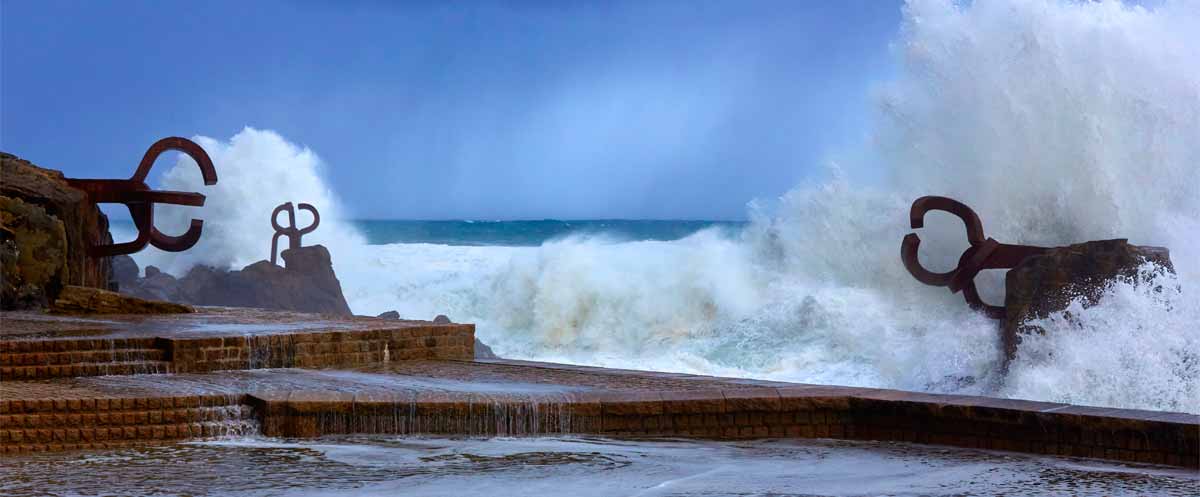
Located at the end of Ondarreta beach, at the western end of San Sebastián and at the foot of Mount Igeldo, the Peine del Viento is one of the best-known works of the great sculptor Eduardo Chillida. It was installed in this place in 1977, in collaboration with the architect Luis Peña Ganchegui, who was in charge of designing the environment.
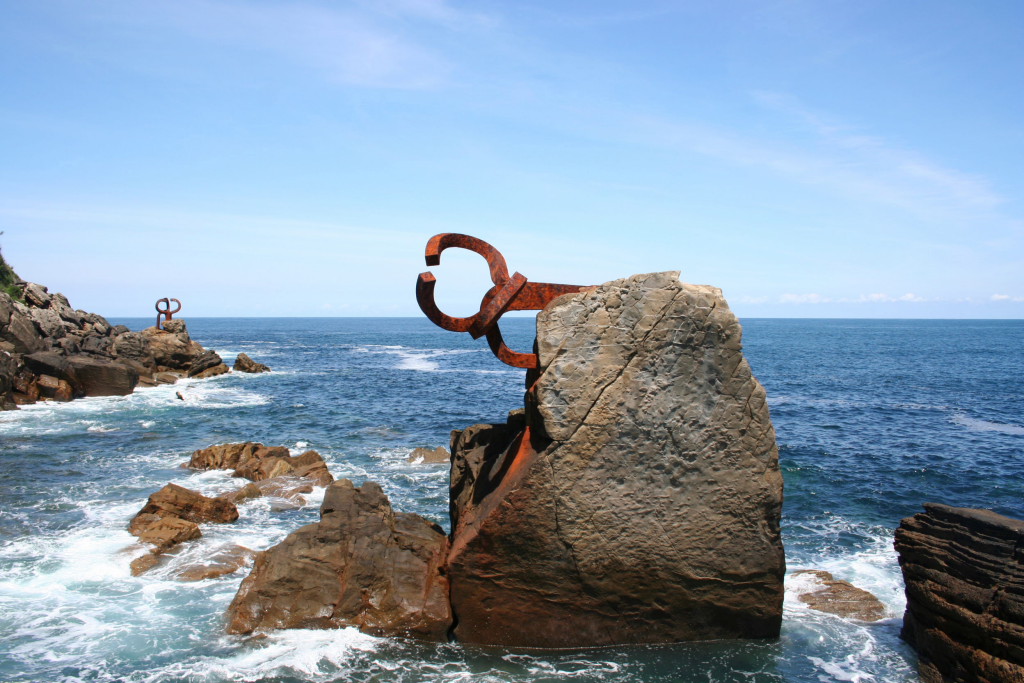
It is a sculptural group formed by pink granite terraces and three pieces of steel clinging to the rocks that resist the continuous onslaught of the sea. It is one of the most frequented places by visitors and locals, a magical space from which you can contemplate the sea in all its splendour, and, especially, during days of storms, when the waves attack with all their fury against the cliff rocks.
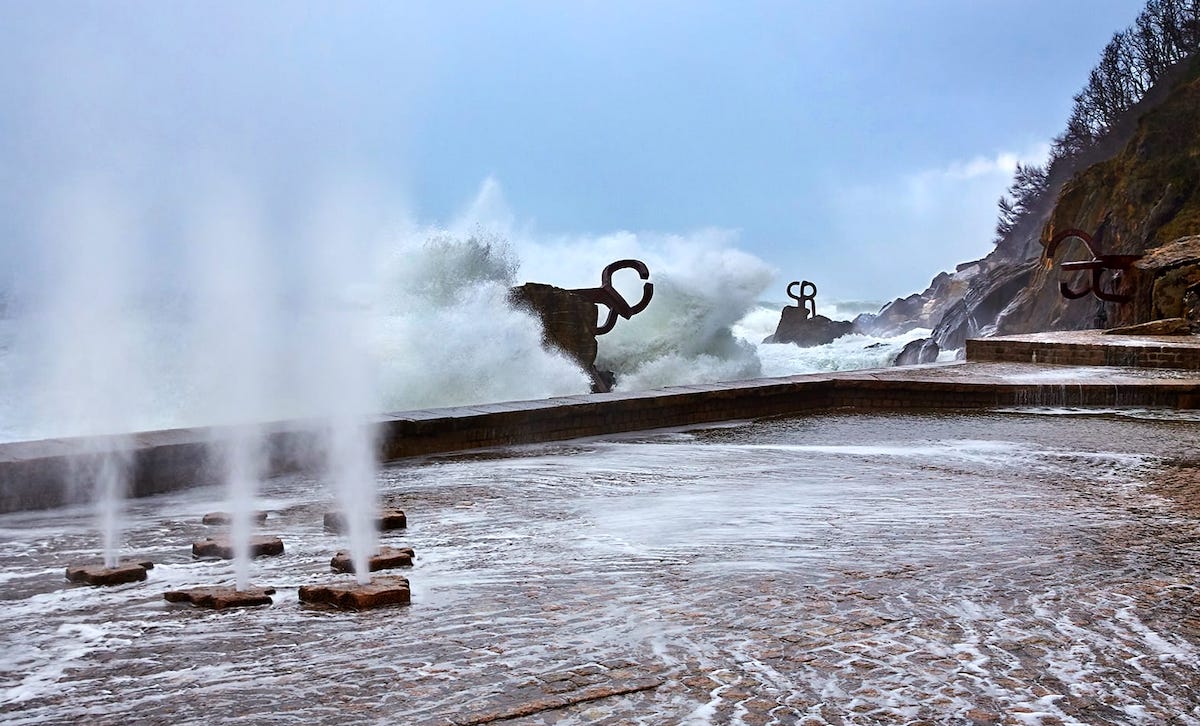
In addition, through a system of tubes, the air driven by the waves rises to the surface through holes, emitting a very peculiar sound. On days with great waves, the show is even more impressive, as this sound is accompanied by sprayed water that surprises the people who pass through this final stretch of the La Concha Bay promenade.
 1
Like
Published at 6:17 PM Comments (1)
1
Like
Published at 6:17 PM Comments (1)
Gaudí Garraf - A unique winery
Thursday, February 11, 2021
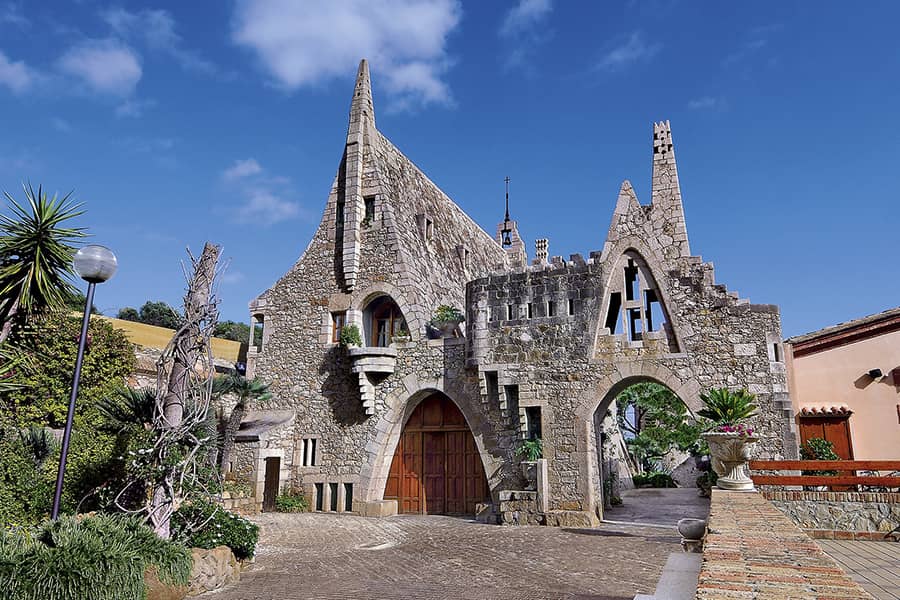
With a prominent sloping roof and asymmetrical arches, this winery looks like no other and could easily be mistaken for a fairytale castle, but its origins don’t lie within the pages of a fantasy novel. This enchanting building is the work of famous Catalan architect Antoni Gaudí.
Currently, a restaurant, the Bodegas Güell (Güell Cellars) winery was commissioned in 1882 by Eusebi Güell, Gaudí’s most influential private patron. It was built between 1895 and 1897, and though it is one of Gaudí’s relatively understated works, it still features his signature elements of architectural fantasy.
When Güell (whose name also appears on the architect’s more famous projects) originally commissioned the complex, he intended for it to include multiple hunting pavilions along with the winery. Even though the hunting lodges never came to fruition, Eusebi Güell still made good use of the grounds. He made wine that was exported to Cuba and served on the Compañía Transatlántica Española shipping fleet until its production stopped in 1936.
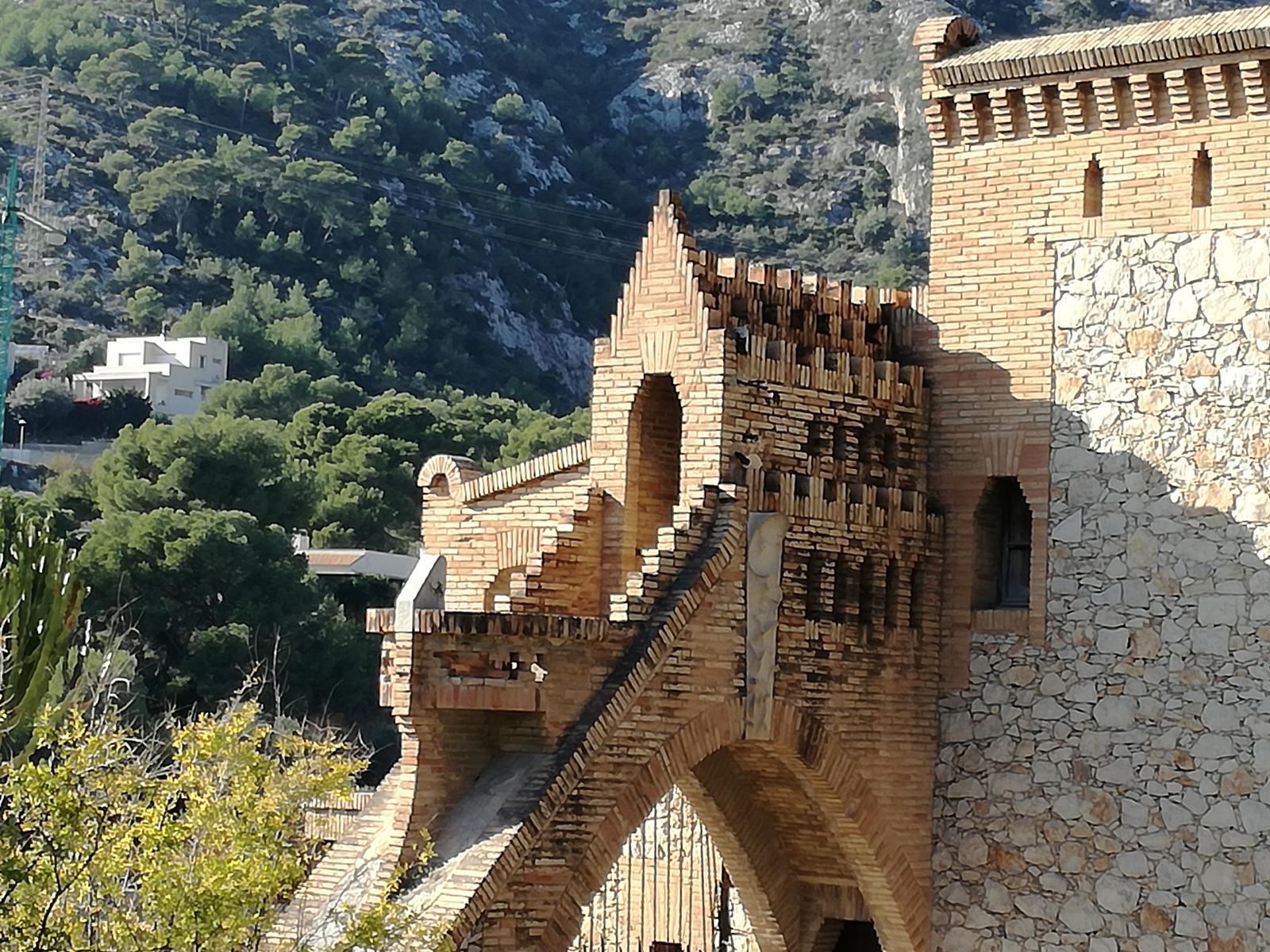
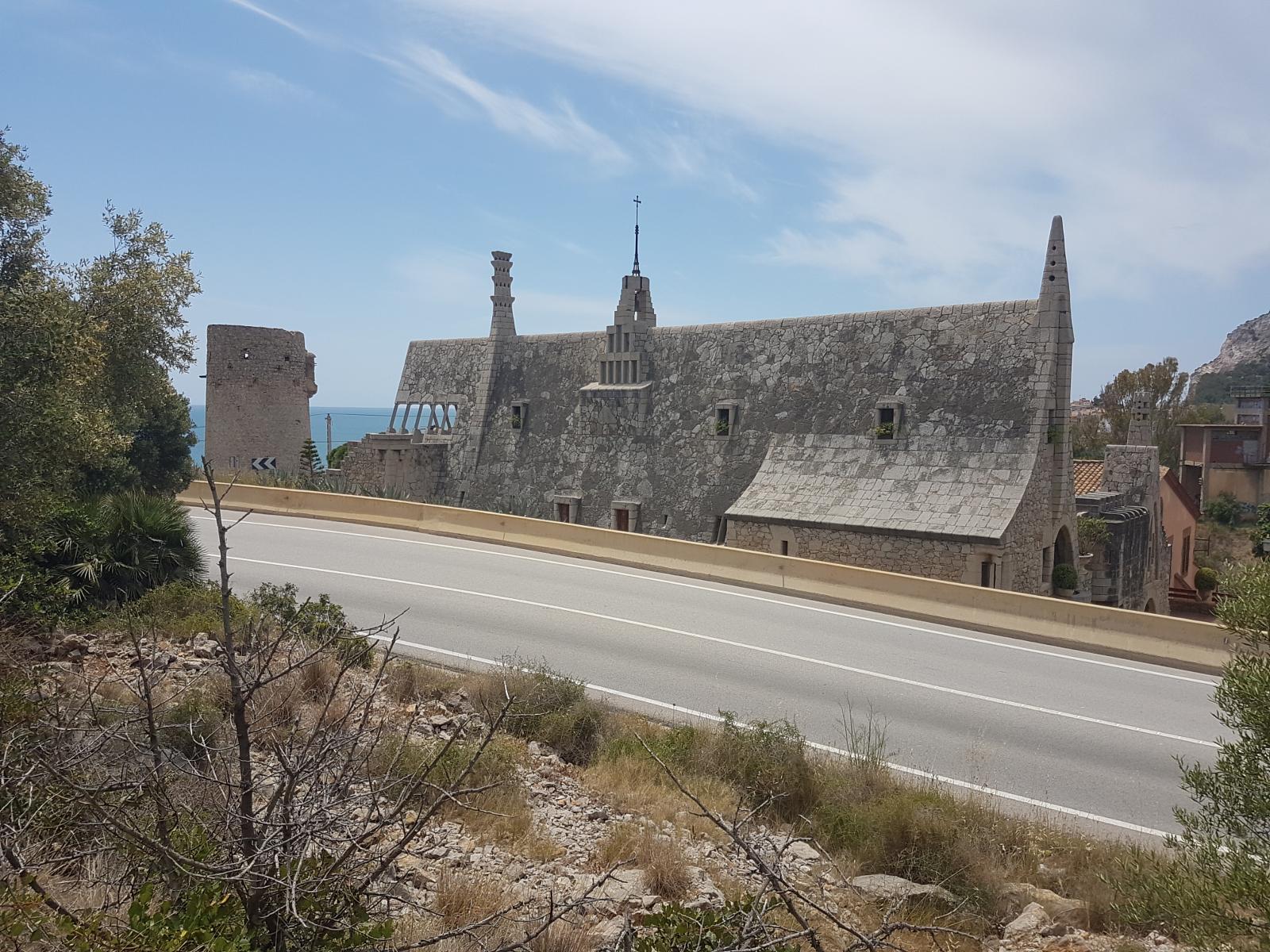
It’s still possible to visit this gorgeous architectural jewel, which sees far fewer tourists than Gaudí’s more famous buildings. It now houses a restaurant serving regional food, allowing patrons to dine within walls pulled from the imagination of one Catalonia’s greatest modernist artist.
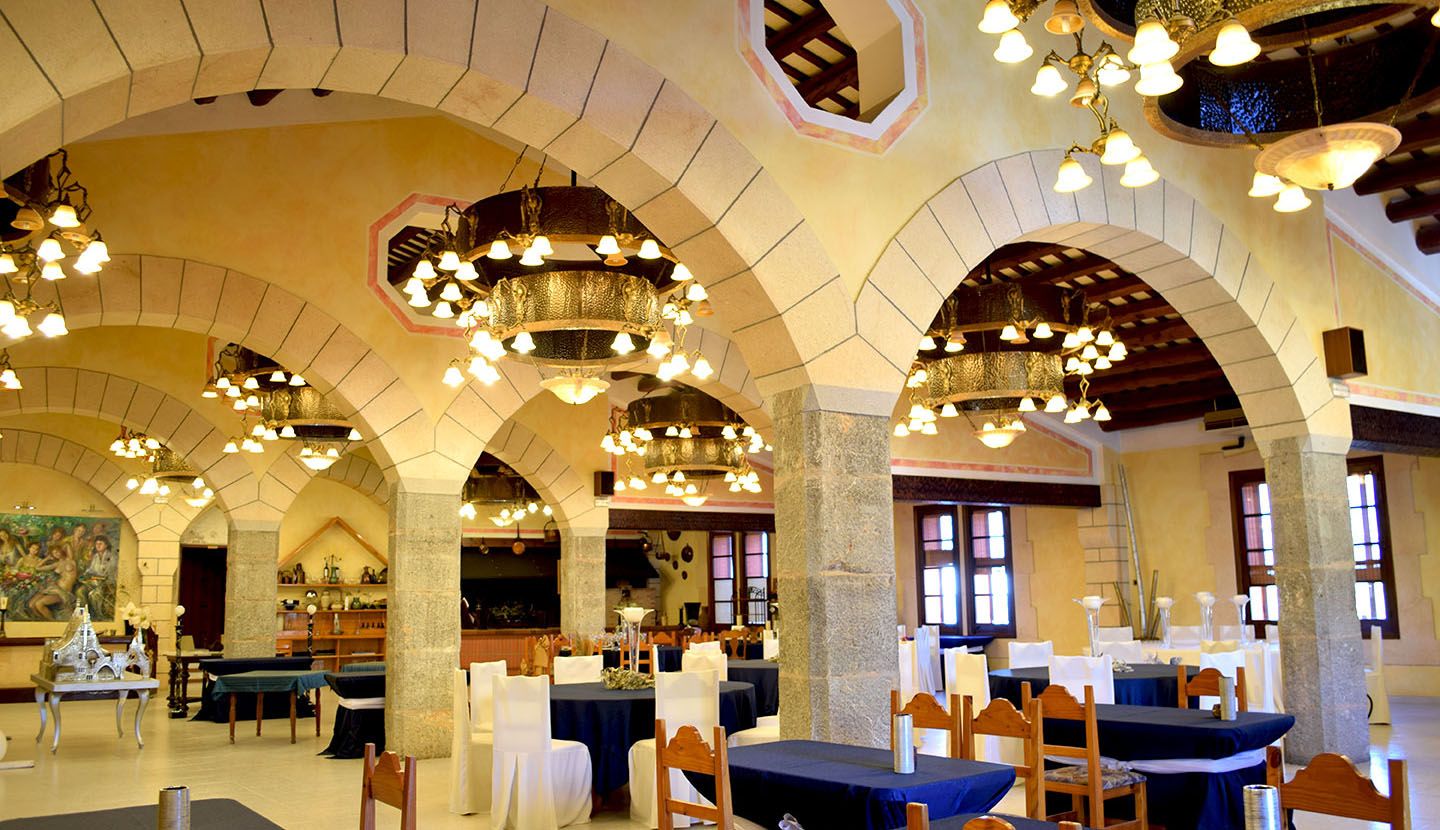
 1
Like
Published at 7:35 PM Comments (0)
1
Like
Published at 7:35 PM Comments (0)
Useful links for moving to Spain Post-Brexit
Thursday, February 4, 2021
 Do you have queries about moving to Spain after Brexit? What documentation do you need in order to obtain Spanish residency? Have a look at this list of useful links supplied by the British Consul: Do you have queries about moving to Spain after Brexit? What documentation do you need in order to obtain Spanish residency? Have a look at this list of useful links supplied by the British Consul:
- Information for UK nationals living in or moving to Spain, including guidance on residency, healthcare and passports can be found here.
- If you are planning to come to Spain to work, you may need a visa or permit. You should check with the Spanish Embassy in the UK.
- Information on legal requirements and advice for British nationals on buying or renting property in Spain can be found here.
- The Spanish Consulate in London has information on its website about visas and the Spanish Ministry for Foreign Affairs has more information here.
 2
Like
Published at 7:37 PM Comments (0)
2
Like
Published at 7:37 PM Comments (0)
Voted Most Beautiful City in Spain
Wednesday, February 3, 2021
The Lonely Planet, one of the publishers specialising in tourist guides, have carried out multiple surveys putting a total of 15 World Heritage Cities in Spain head to head to discover which is the most beautiful of them all, according to their followers...
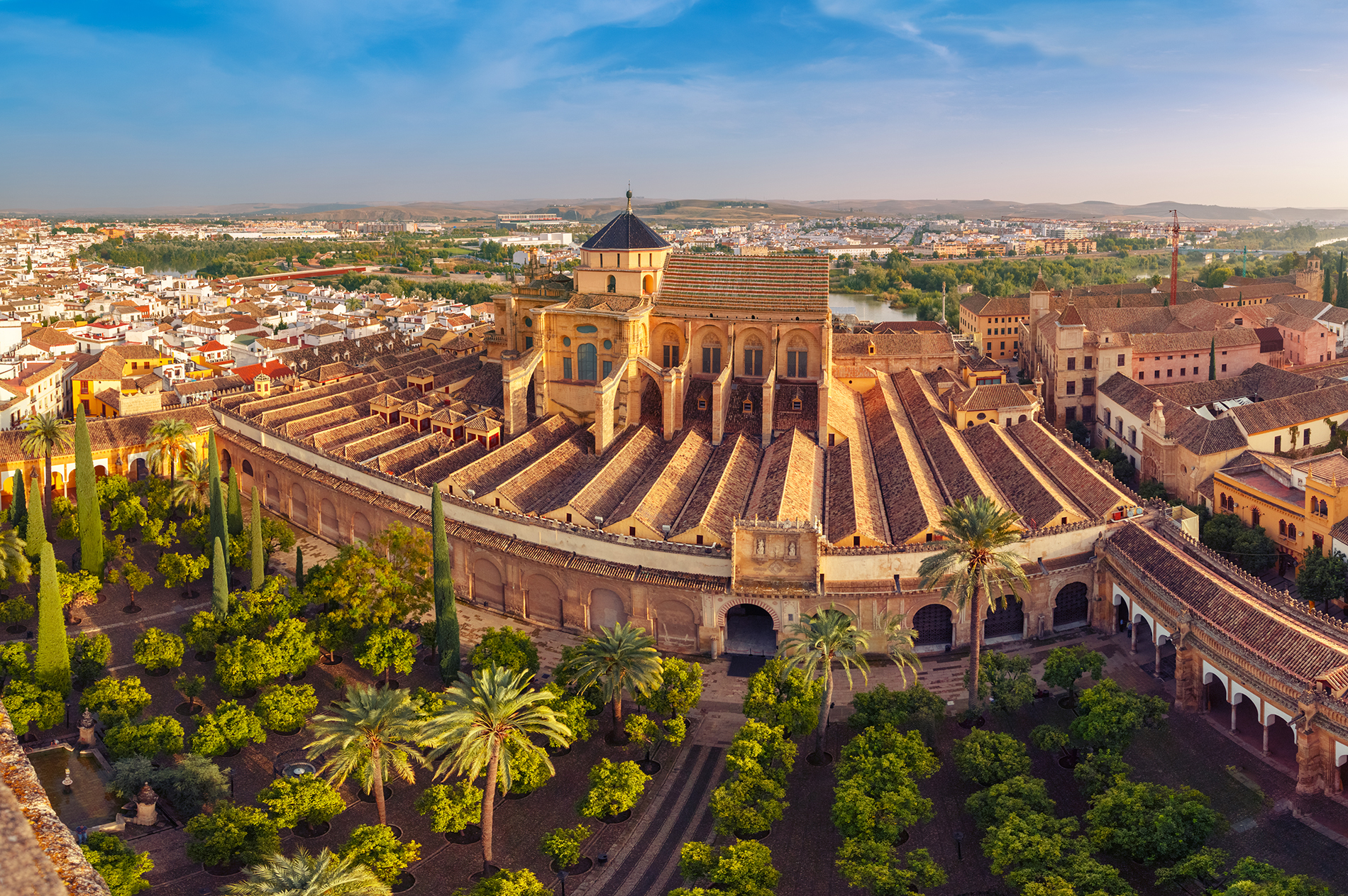
Santiago de Compostela, Tarragona, Ibiza, Cuenca, Baeza, Úbeda, Córdoba, Mérida, Cáceres, Toledo, Salamanca, Ávila, Alcalá de Henares, Segovia and San Cristóbal de la Laguna were the cities that participated in the surveys and the contest...
Although the decision was difficult given the architectural, cultural or historical level that all the aforementioned cities meet, in the end, it was Córdoba that won first place, beating Toledo, in second.
Córdoba is, without a doubt, one of the compulsory visits within the national territory. Its vast historic centre was declared a World Heritage Site by UNESCO in 1984, and it is no wonder. In it, buildings and monuments, both religious and civil, as well as sculptures, walls, temples, bridges and gardens form a perfect route that attracts thousands of tourists each year.
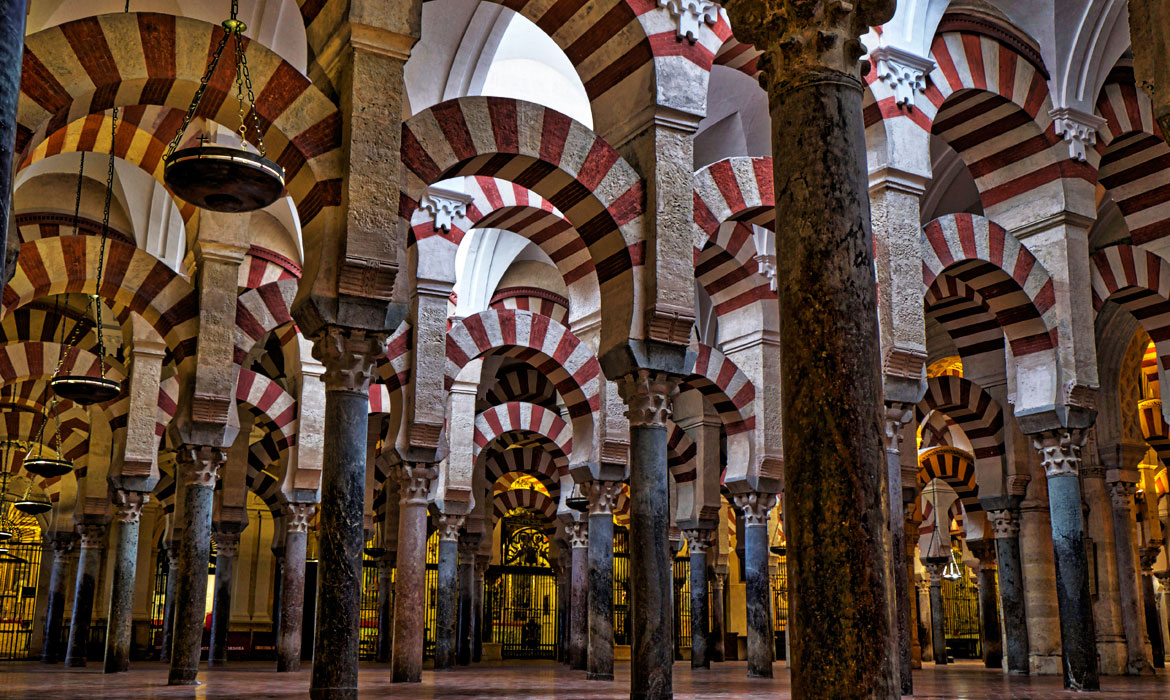
Within this city, the Mosque of Córdoba stands out, which, together with the Roman Bridge, constitutes the main symbol of this territory, one of the oldest in Europe. Therefore, the first obligatory visit is the Mosque-Cathedral of Córdoba itself, where you can contemplate the complete evolution of the Umayyad style in Spain, in addition to the Gothic, Renaissance and Baroque styles of Christian construction.
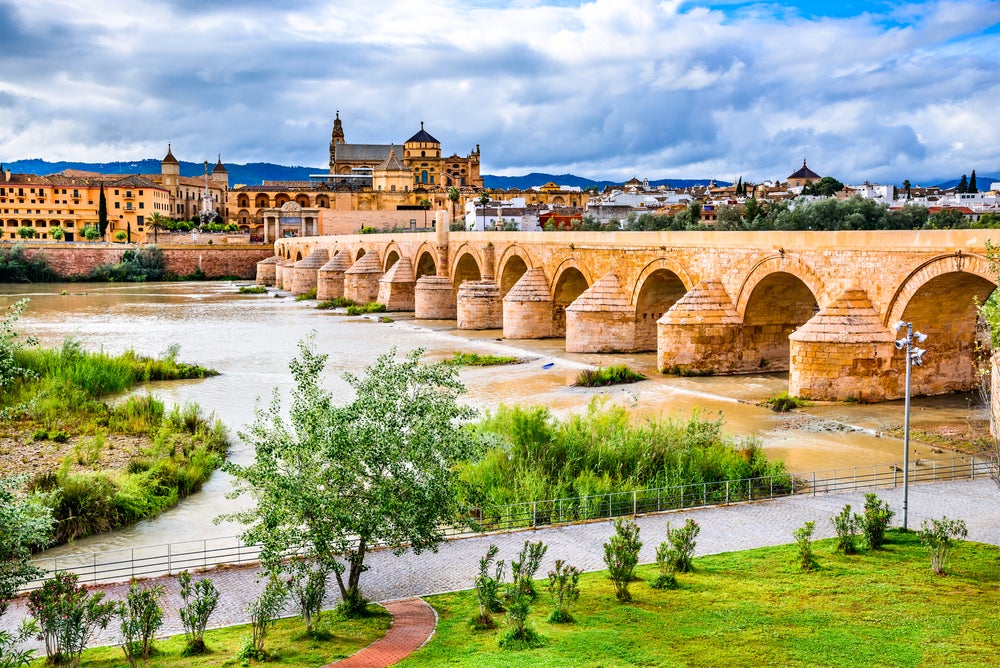
Together with this monument, both the river and the Puerta del Puente and the Roman Bridge of Córdoba itself, form a picture and a landscape that none of the visitors can miss. The bridge was built during the 1st century BC although several renovations have been carried out throughout history, the most recent being that of 1876.
After passing the Roman Bridge, the visitor comes across the Torre de la Calahorra in Córdoba, which used to control and defend the city. This tower has been mentioned in some Arab source on al-Andalus, and in numerous historical references from the Christian conquest to the present day. Its architecture does not leave anyone indifferent either.
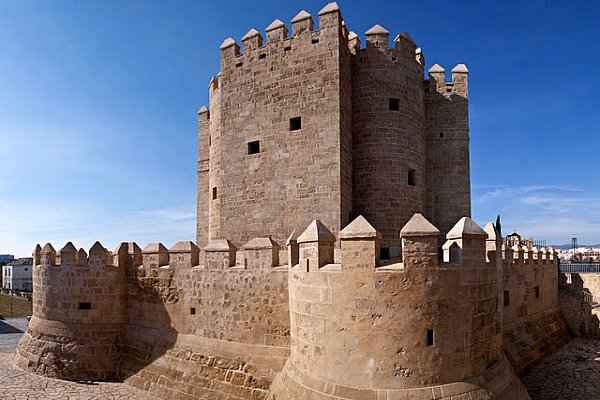
On the other hand, the Alcázar de Los Reyes Cristianos is another recommended visit. It is a fortress and palace, where Roman and Visigoth remains coexist with those of Arab origin. It was during the time of King Alfonso X the Wise when the restoration of this building began and was completed during the reign of Alfonso XI. In addition, we cannot forget the great beauty of its gardens.
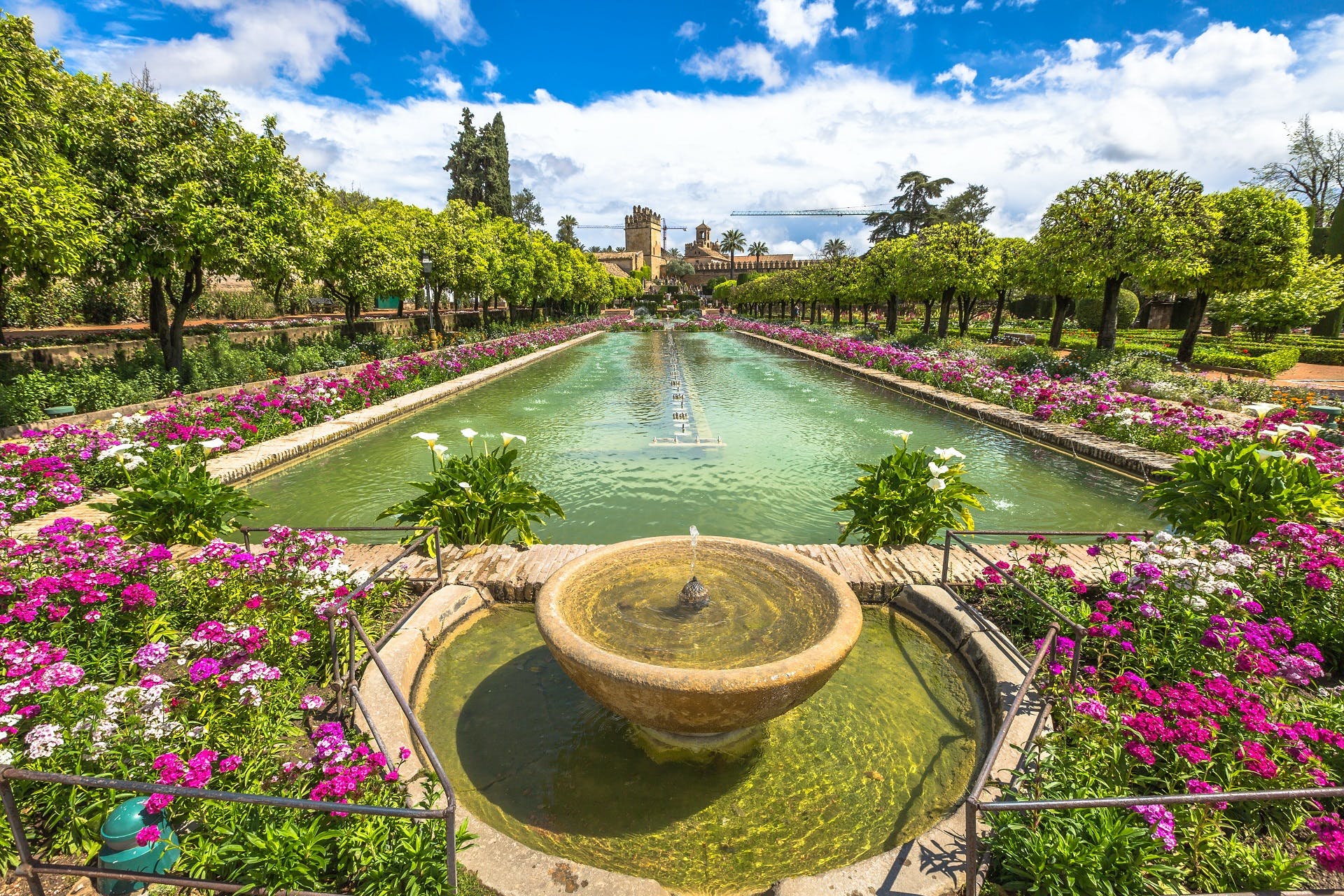
Near Córdoba, Medina Azahara was declared a World Heritage Site by UNESCO in 2018. It is the city that Abd-al Rahman III had built on the slopes of Sierra Morena, just eight kilometres from Córdoba capital. Legend has it that Abd al-Rahman III, caliph in 929 AD, decided to build a palatine city in honour of his favourite daughter Azahara.
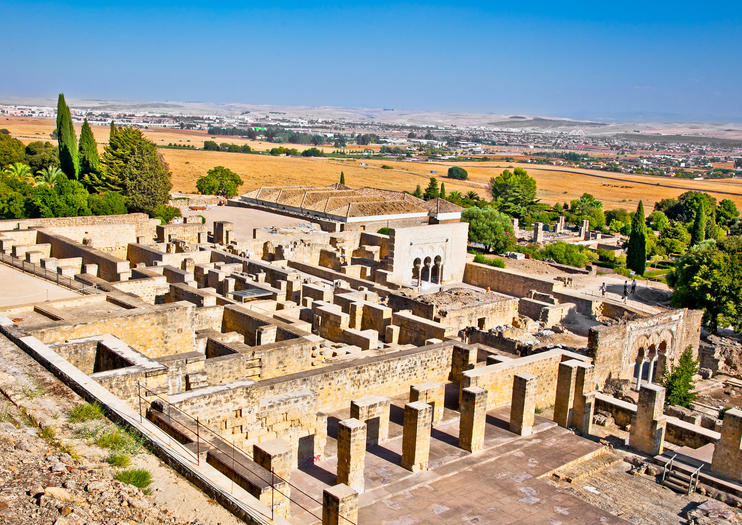
 3
Like
Published at 10:43 PM Comments (0)
3
Like
Published at 10:43 PM Comments (0)
Spam post or Abuse? Please let us know
|
|